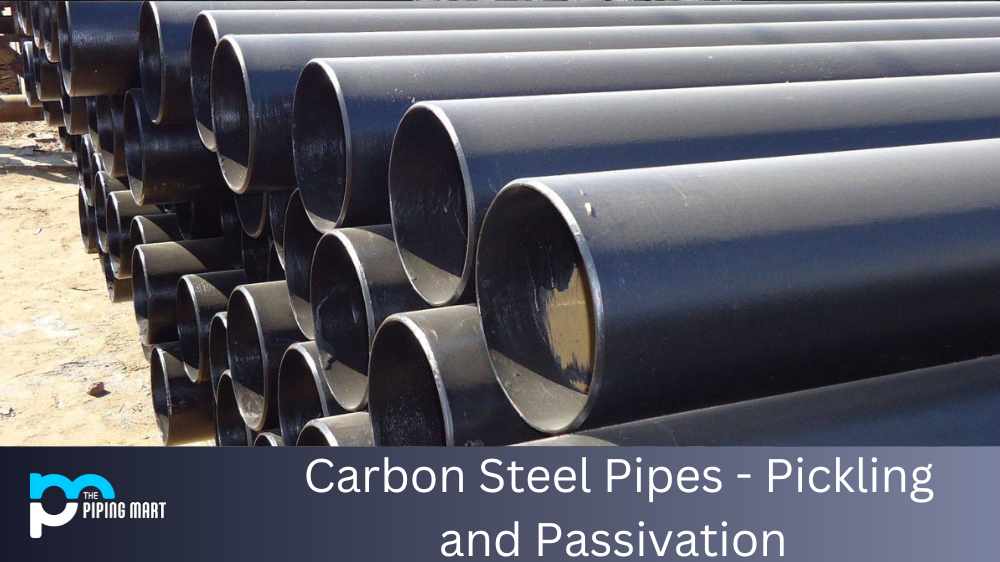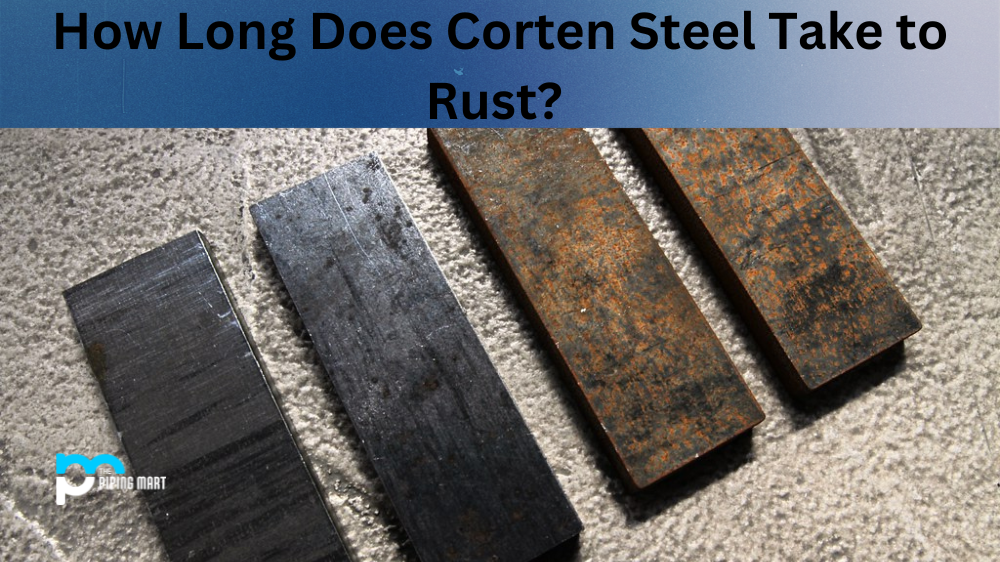Duplex stainless steels are a combination of austenitic and ferritic stainless steels. The term “duplex” refers to their two-phase microstructure, consisting of ferrite and austenite grains. The two most common types of duplex alloys are 2205 (UNS S32205) and 2304 (UNS S32304). Understanding the differences between these two grades will help you make an informed decision when selecting the suitable alloy for your application. Duplex 2304 and 2205 are the most popular duplex stainless steel grades. While both alloys offer excellent corrosion resistance and high strength, some key differences should be considered when choosing one.
Difference Between Duplex 2304 and 2205 Stainless Steel Alloy
High Corrosion Resistance
The key difference between 2304 and 2205 is that 2304 has better corrosion resistance in chloride environments than 2205. This makes it well-suited for highly corrosive environments such as those found in chemical plants, power plants, offshore platforms, and marine applications. Additionally, 2304 offers higher tensile strength than 2205. As a result, it is commonly used for pressure vessels and heat exchangers that require higher levels of strength.
Weldability
The weldability of both grades is similar; however, some minor differences should be considered when welding either grade. For example, preheating is not required for either grade but can help reduce the risk of cracking or distortion when welding thicker sections (>3/8 in.). However, preheating should be kept to a minimum when welding 2304 because it can lead to reduced corrosion resistance if the temperature exceeds 300°F (150°C). On the other hand, it is essential to note that post-weld heat treatment should never be used on either grade as this will reduce their corrosion resistance. Duplex 2304 is generally considered to be more weldable than Duplex 2205. This is due to the lower carbon content in Duplex 2304, which reduces the risk of carbide precipitation during welding. However, both alloys can be welded using appropriate welding procedures and filler materials.
Composition
Duplex 2304 contains 22% chromium, 3% molybdenum, and 5% nickel. Duplex 2205, on the other hand, has 22% chromium, 5% molybdenum, and 4% nickel. The difference in composition gives Duplex 2205 slightly higher corrosion resistance than Duplex 2304.
Strength
Both alloys offer excellent strength, but Duplex 2205 is typically stronger than Duplex 2304. The higher molybdenum content in Duplex 2205 gives it better resistance to pitting and crevice corrosion. Additionally, the higher chromium content provides Duplex 2205 with better resistance to stress corrosion cracking.
Applications
Duplex stainless steel alloys are suitable for a wide range of applications where high strength and excellent corrosion resistance are required. Some typical applications for Duplex 2304 include chemical processing equipment, oil and gas pipelines, marine environments, and heat exchangers. Meanwhile, common applications for Duplex 2205 include pressure vessels, offshore platforms, chemical process equipment, and pulp and paper mills.
Cost Considerations
One final factor to consider when comparing these two grades is cost. Generally speaking, 2205 is less expensive than 2304 because it doesn’t require additional processing steps or materials during production. Additionally, because it is more widely available than 2304 due to its lower cost and easier manufacturing process, delivery times tend to be shorter for 2205 than for 2304. As a result, this could affect overall costs depending on your project timeline and budget constraints. Duplex 2304 is typically less expensive than Duplex 2205 due to the lower nickel content. However, the price difference between the two alloys is relatively small and should not be the primary factor considered when choosing one over the other.
Conclusion:
When choosing which duplex stainless steel alloy works best for your application – whether it’s Duplex 2304 or 2205 – many factors need to be considered, including corrosion resistance, weldability and cost considerations. Ultimately, you should select the alloy that best meets your requirements while providing optimal performance in the environment where it will be applied. It’s essential to consult with experts who specialize in duplex alloys so they can provide advice tailored specifically to your needs. By doing so, you can ensure that you make an informed decision regarding which type of duplex stainless steel alloy suits your application best!

A passionate metal industry expert and blogger. With over 5 years of experience in the field, Palak brings a wealth of knowledge and insight to her writing. Whether discussing the latest trends in the metal industry or sharing tips, she is dedicated to helping others succeed in the metal industry.




